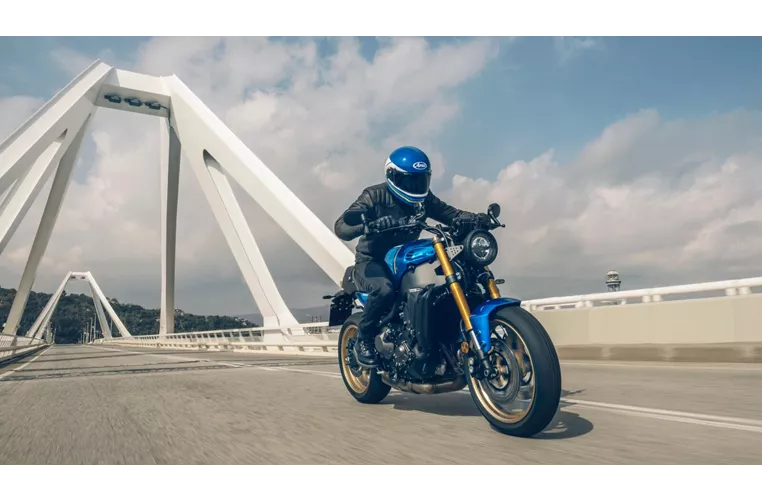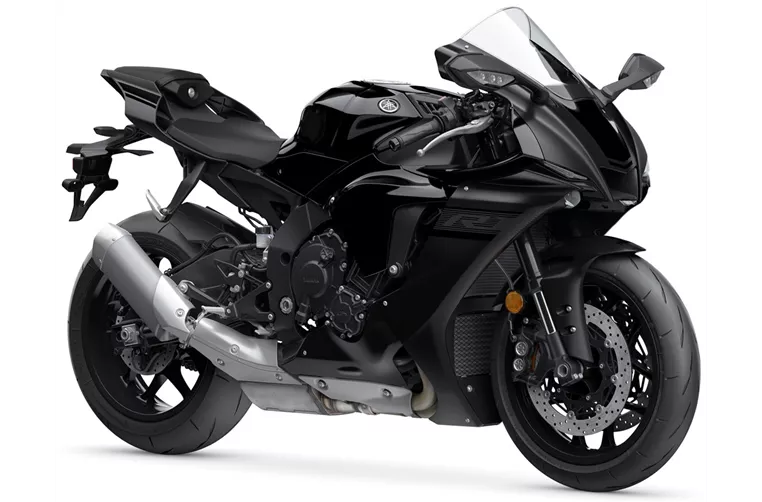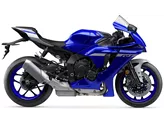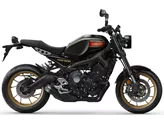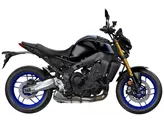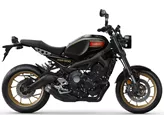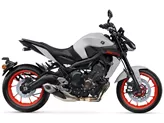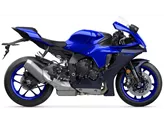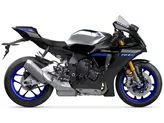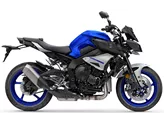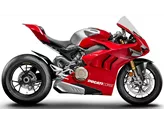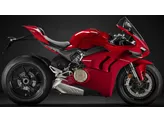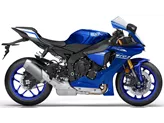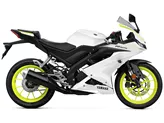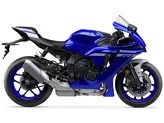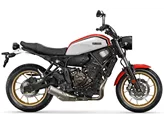Yamaha XSR900 2022 vs. Yamaha R1 2020
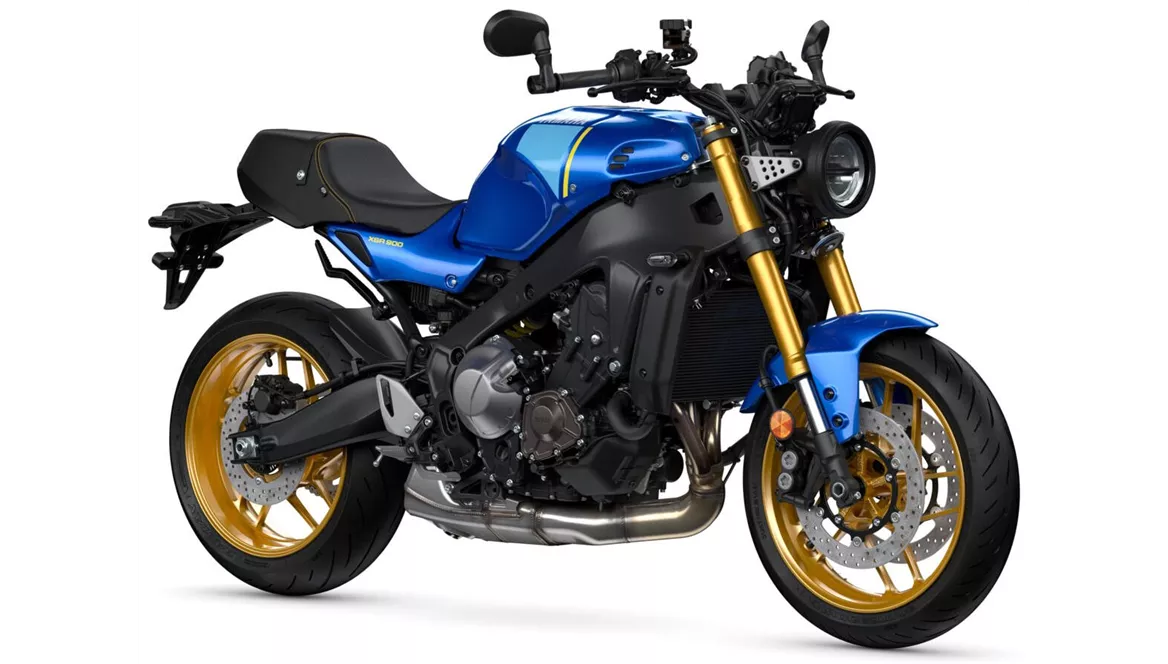
Yamaha XSR900 2022
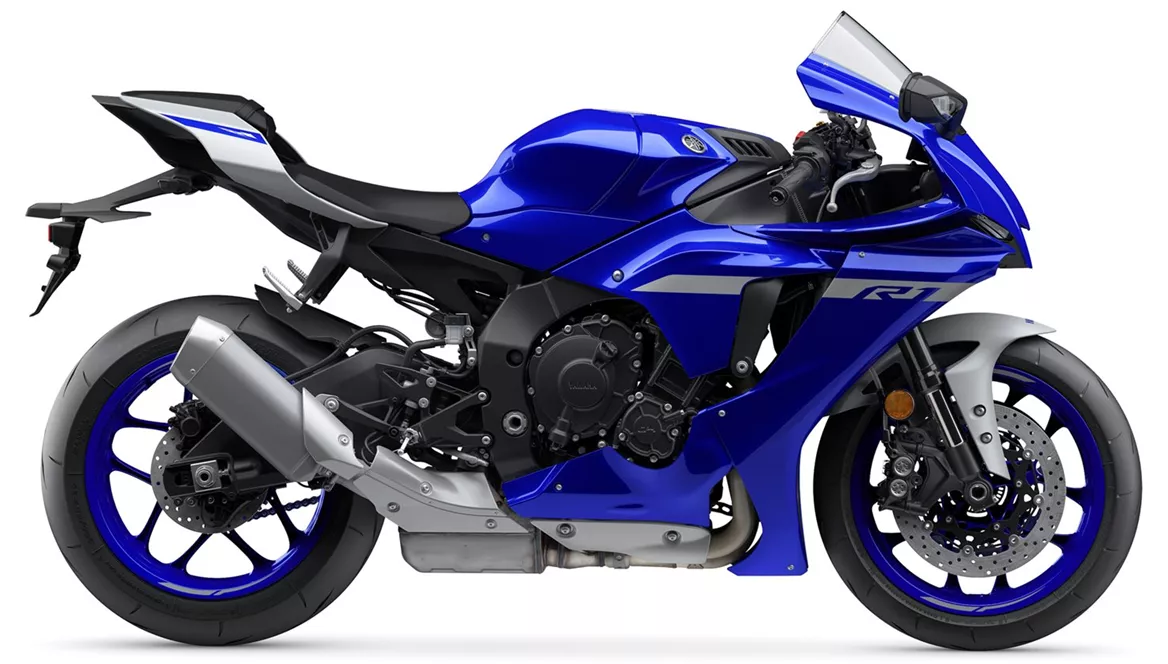
Yamaha R1 2020
Overview - Yamaha XSR900 2022 vs Yamaha R1 2020
The Yamaha XSR900 2022 and the Yamaha R1 2020 are both impressive motorcycles, each with their own unique strengths and weaknesses.
Starting with the Yamaha XSR900 2022, it boasts a powerful engine with a bore of 78 mm and a stroke of 62.1 mm. With 119 HP of engine power and 93 Nm of torque, it offers a thrilling riding experience. The bike's compression ratio of 11.5 and three cylinders with four valves per cylinder contribute to its impressive performance. The XSR900 also features a liquid cooling system and a displacement of 889 ccm.
In terms of suspension, the XSR900 is equipped with an upside-down telescopic fork at the front and an aluminium frame with a twin tube design. The front brakes consist of double disks, providing excellent stopping power. The bike also comes with advanced rider assistance systems such as ABS, riding modes, cornering ABS, ride by wire, a shift assistant with blipper, cruise control, and traction control.

Yamaha XSR900 2022
When it comes to dimensions and weights, the XSR900 has a front tyre width of 120 mm and a diameter of 17 inches. The rear tyre width is 180 mm, also with a diameter of 17 inches. The wheelbase measures 1495 mm, and the seat height is 810 mm. With a kerb weight of 193 kg (with ABS) and a fuel tank capacity of 15 l, the XSR900 strikes a good balance between agility and practicality.
One of the strengths of the XSR900 is its value for money. It offers a powerful engine, a quickshifter as standard, good brakes, and a comprehensive electronics package at a competitive price. Additionally, there are many accessories available ex works, allowing riders to customize their bike to their liking. However, the XSR900 does have a couple of weaknesses, including a hard seat and a low steering angle, which may affect comfort and maneuverability for some riders.
Turning to the Yamaha R1 2020, it shares some similarities with the XSR900, such as a powerful engine. The R1 features a bore of 79 mm and a stroke of 50.9 mm, resulting in an engine power of 200 HP and a torque of 112.4 Nm. With a compression ratio of 13 and four cylinders with four valves per cylinder, the R1 delivers clean and responsive performance. Like the XSR900, it also has a liquid cooling system and a displacement of 998 ccm.
The R1 shares the same front suspension setup as the XSR900, with an upside-down telescopic fork. Its aluminium frame, however, has a Deltabox design, providing stability and precise handling. The front brakes consist of double disks, ensuring reliable stopping power. The R1 is equipped with launch control and traction control as part of its advanced rider assistance systems.

Yamaha R1 2020
In terms of dimensions and weights, the R1 has a front tyre width of 120 mm and a diameter of 17 inches. The rear tyre width is 190 mm, also with a diameter of 17 inches. The wheelbase measures 1405 mm, and the seat height is 855 mm. With a kerb weight of 199 kg (with ABS) and a fuel tank capacity of 17 l, the R1 is slightly heavier and has a larger fuel capacity compared to the XSR900.
The R1's strengths lie in its powerful engine, clean response, and great sound. Its stable chassis and high-quality electronics contribute to its overall impressive performance. The bike exudes a wonderfully noble overall impression, showcasing Yamaha's commitment to craftsmanship. However, one weakness of the R1 is that the brakes may not be 100 per cent satisfactory on the race track, which could be a concern for riders who prioritize track performance.
In conclusion, both the Yamaha XSR900 2022 and the Yamaha R1 2020 are exceptional motorcycles with their own set of strengths and weaknesses. The XSR900 offers a sporty yet comfortable riding experience, value for money, and a comprehensive electronics package. On the other hand, the R1 delivers exhilarating performance, a stable chassis, and high-quality components. Ultimately, the choice between the two will depend on the rider's preferences and priorities.
Technical Specifications Yamaha XSR900 2022 compared to Yamaha R1 2020
Pros and Cons in comparison
Pros and Cons in comparison
Yamaha XSR900 2022
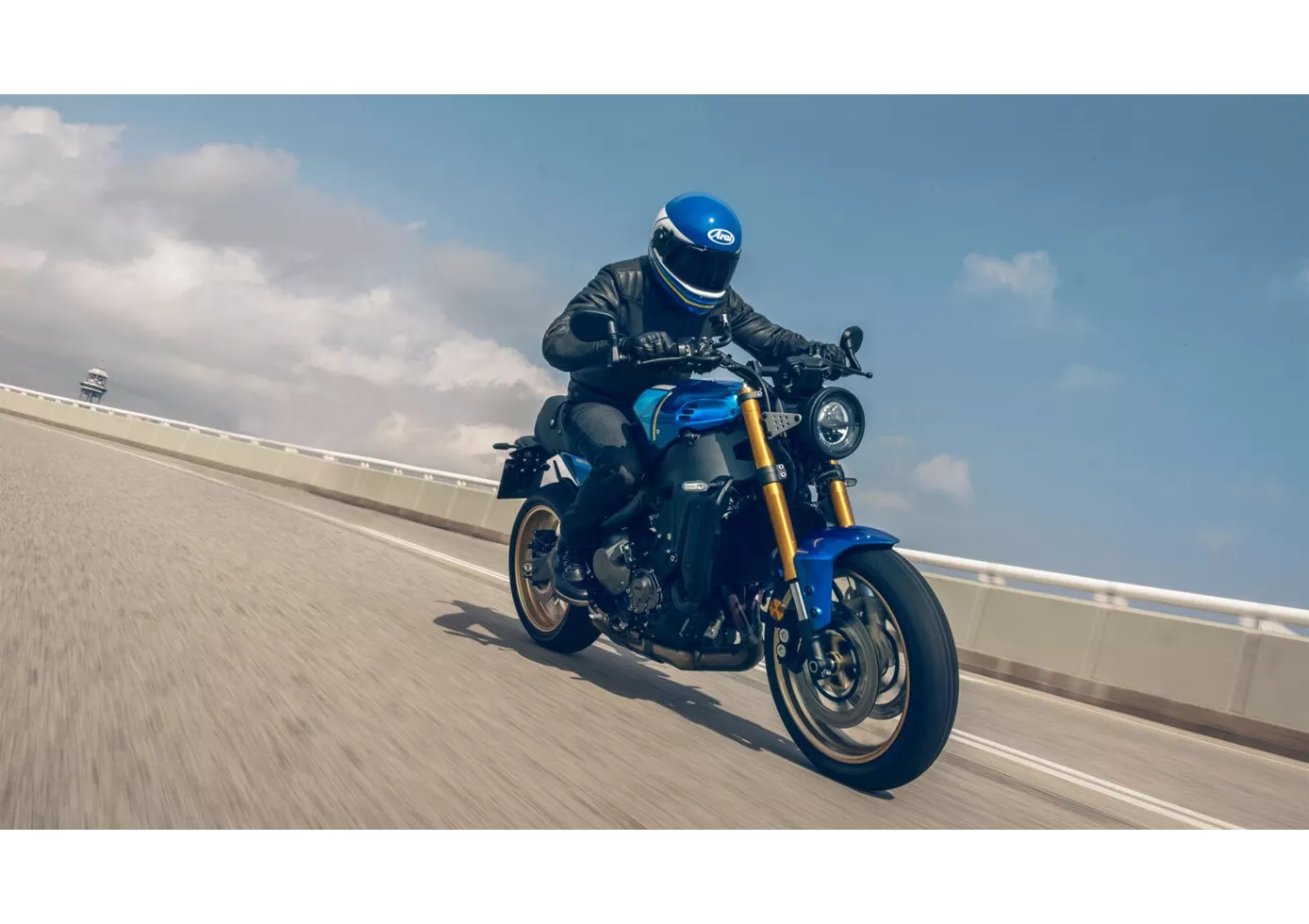
La XSR900 ne veut en aucun cas cacher qu'elle utilise la MT-09 comme base. Avec son package électronique complet, son puissant trois cylindres et ses composants de châssis sportifs, cette moto rétro permet de rouler de manière incroyablement sportive. Espérons seulement que l'on trouvera bientôt une selle plus confortable dans les accessoires - car il faudra faire de nombreux arrêts intermédiaires sur la selle de série.
Yamaha R1 2020

La Yamaha YZF-R1 est arrivée à maturité et fait le bonheur d'innombrables pilotes de circuit. Le moteur brille par sa légèreté et son agilité, la position de conduite surprend positivement et la maniabilité est radicale mais toujours "adaptée à la masse". La machine attire immédiatement l'attention par son aspect et aussi par sa sonorité qui fait chaud au cœur. C'est surtout sur les routes de campagne que la moto marque des points avec les atouts qu'on lui connaît : super moteur, super électronique, super ensemble ! Un vrai plaisir de conduire !
Price Comparison Avarage Market Price Yamaha XSR900 vs Yamaha R1
There are a few key differences between a Yamaha XSR900 2022 and a Yamaha R1 2020. In terms of price, the actual average price of a Yamaha R1 2020 is about 99% higher. A Yamaha XSR900 2022 experiences a loss of 290 USD in one year of ownership. This is offset by a loss of 1,240 USD for a Yamaha R1 2020. Compared to Yamaha R1 2020 there are more Yamaha XSR900 2022 bikes available on the 1000PS.de Marketplace, specifically 59 compared to 9. It takes less time to sell a Yamaha R1 with 86 days compared to 97 days for the Yamaha XSR900. Since model year 2016 1000PS.de editors have written 30 reviews for the Yamaha XSR900 and 80 reviews for the Yamaha R1 since model year 2005. The first review for the Yamaha XSR900 was published on 11/25/2015 and now has more than 17,600 views. This compares to more than 3,900 views for the first review on Yamaha R1 published on 4/28/2003.
